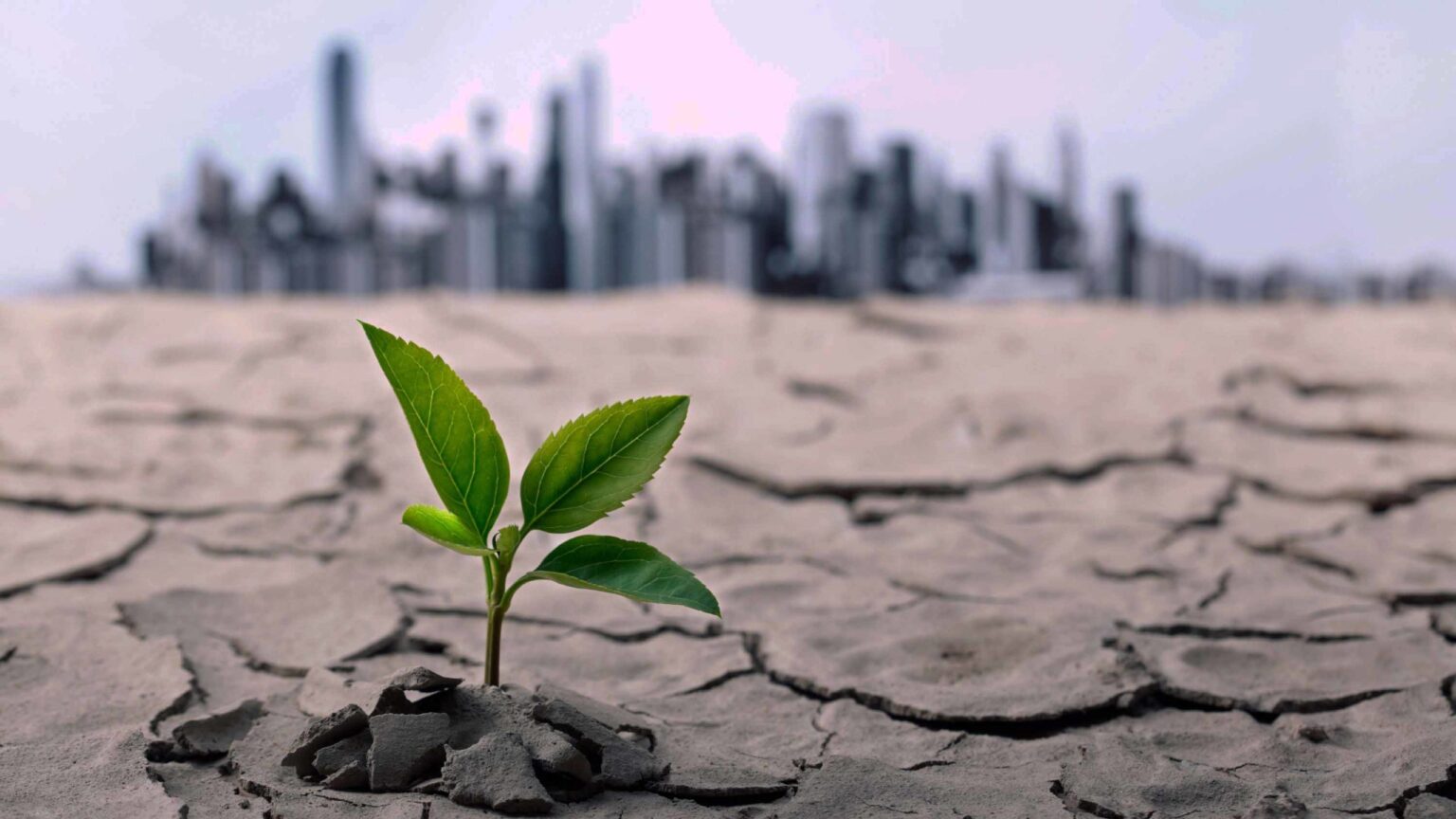The ground beneath the Windy City is shifting as heat escapes from buildings and transit systems, posing a threat to infrastructure, a study finds
Researchers have discovered that a phenomenon called “underground climate change” is causing the land beneath downtown Chicago to slowly sink. The buildings aren’t in any immediate danger of collapsing, and the trend poses no short-term threat to human life. But the study suggests temperature hikes beneath residents’ feet could create challenges for the lasting durability of structures in cities across the United States.
“Underground climate change is a silent hazard,” Alessandro Rotta Loria, an engineer at Northwestern University who led the research, says in a statement. “The ground is deforming as a result of temperature variations, and no existing civil structure or infrastructure is designed to withstand these variations.”
Underground climate change, sometimes also called “subsurface heat islands,” is caused by heat radiating into the earth from man-made structures, such as buildings and underground transportation. It’s a different phenomenon than climate change in the atmosphere, which comes from greenhouse gases caused by burning fossil fuels.
As the ground temperature gets warmer, Chicago’s clay soil contracts, which could lead to cracks in building foundations and even distortion or tilting of the structures. Previous research has found that the surface underneath cities warms by about 0.18 to 4.5 degrees Fahrenheit per decade, according to the statement.
“All around you, you have heat sources,” Rotta Loria tells the New York Times’ Raymond Zhong. “These are things that people don’t see, so it’s like they don’t exist.”
To determine exactly how warming affects the land beneath Chicago, Rotta Loria and his colleagues installed a network of 150 temperature sensors above and below ground in the Chicago Loop—the center of the downtown area. For comparison, they also placed sensors in Grant Park, a green space downtown. The team collected temperature data for three years, then built a model to simulate how temperatures have evolved since 1951, when the subway tunnels in the Loop were completed. Rotta Loria and his colleagues also used the model to predict future temperatures through 2051 and how the ground shifts in response to heat.
They found that ground temperatures below the city are rising by about 0.25 degrees Fahrenheit every year. Some underground locations have reached as high as 27 degrees warmer than undisturbed ground—and beneath buildings in the Loop, temperatures are often 18 degrees hotter than below Grant Park, writes Allison Parshall for Scientific American.
Their simulations showed that warmer temperatures could cause the ground to expand upward by as much as 12 millimeters in some locations, and contract and sink down by as much as 8 millimeters in other areas, per the statement. They published their findings last week in the journal Communications Engineering.
Building foundations aren’t the only thing at risk as subsurface temperatures rise. The researchers say underground climate change has been linked to shifts in plant growth and thermal pollution of groundwaters. It could cause issues with transportation infrastructure by overheating subway rails, forcing trains to run more slowly or stop altogether. And for people underground, higher temperatures may lead to like dehydration, asthma and hypertension.
But by applying thermal insulation to underground building enclosures, the city could mitigate the issue of waste heat escaping into the earth, Rotta Loria tells CNN’s Jacopo Prisco. Additionally, the scientists suggest, this excess underground heat could be captured and used as geothermal energy to warm and cool buildings.
“For the Chicago Loop, we now know that these thermal movements that have taken place, and those predicted for the immediate future, are not large enough to be of concern. That is a very useful finding,” David Toll, an engineer and co-director of the Institute of Hazard, Risk and Resilience at Durham University in England, who was not involved in the research, tells CNN. “However, that is not to say that such temperature changes below other cities, with different ground conditions, could not be potentially problematic.”

